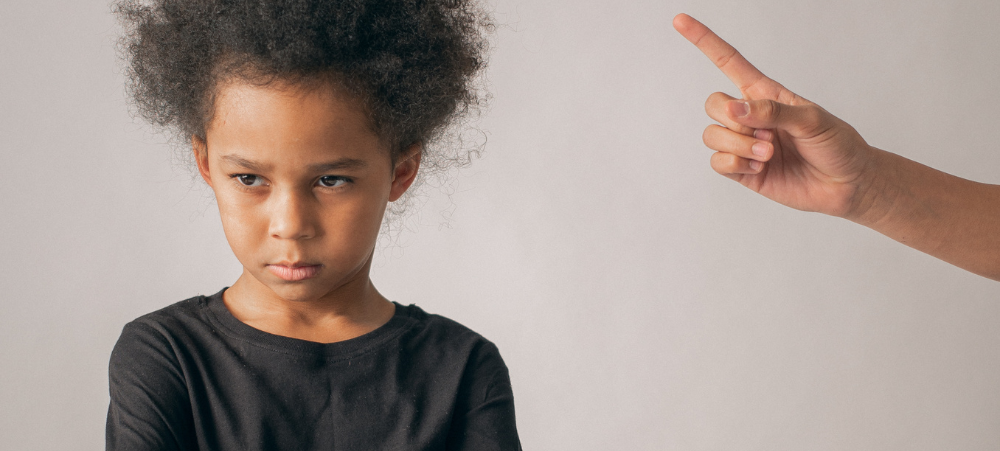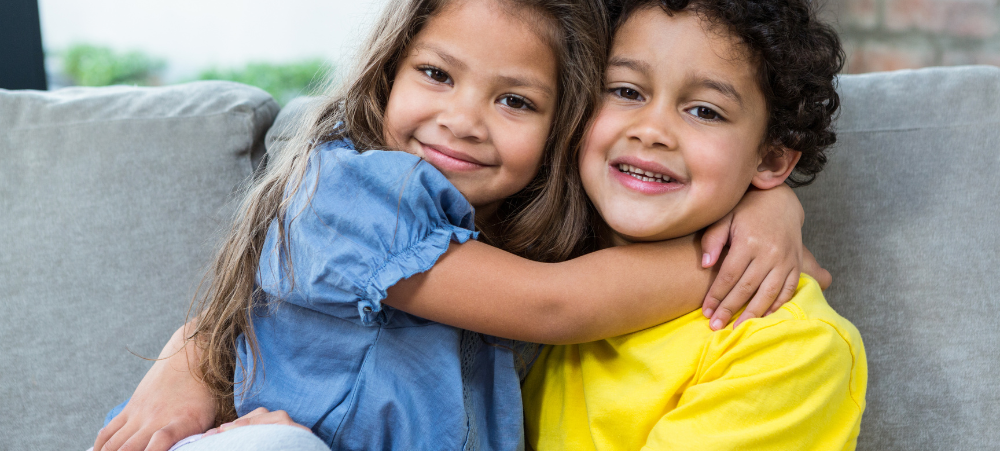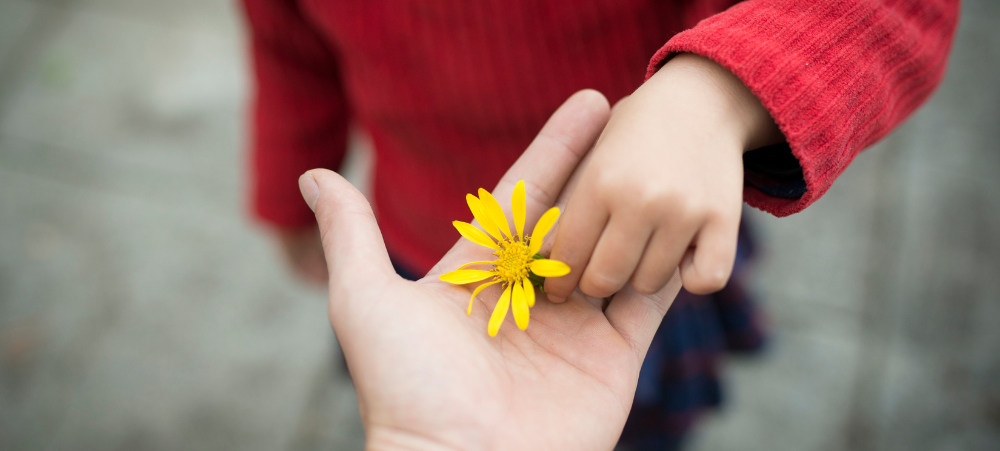The words discipline and punishment are often used interchangeably—but they’re not the same. While both aim to address unwanted behaviour, one focuses on learning and growth, the other on control and consequence.
In today’s parenting world, there’s a powerful shift happening: from punishment toward positive discipline. Why? Because research shows that children learn more effectively when they’re guided with respect and empathy—not fear.
Let’s break down the difference and explore what works best for raising emotionally healthy, well-behaved kids.
🧩 What’s the Difference?
Punishment is reactive. It’s a consequence imposed on a child—often with the intent to make them feel bad for what they did (e.g. spanking, yelling, time-outs without explanation).
Discipline, on the other hand, is proactive. It teaches children why their behaviour was harmful and what they can do instead. The goal is not to hurt or shame—it’s to help them learn.
💡 Think of it this way: Punishment makes a child pay for a mistake. Discipline helps them understand and correct it.
⚠️ Why Punishment Falls Short
Punishment might stop behaviour in the moment, but it often:
- Creates fear or resentment
- Damages the parent-child relationship
- Doesn’t teach what to do next time
- Can lead to secretive or dishonest behaviour
Children learn best when they feel safe, connected, and understood—not when they’re scared or ashamed.
✅ Why Positive Discipline Works
Positive discipline is about:
- Setting clear, consistent boundaries
- Teaching self-regulation
- Encouraging problem-solving
- Building trust and emotional awareness
This approach fosters cooperation, resilience, and better long-term behaviour—without crushing a child’s confidence.
🧠 Real-World Examples
| Situation | Punishment Approach | Discipline Approach |
| Child hits sibling | “Go to your room!” | “Hitting hurts. Let’s take a break and talk about what happened.” |
| Child refuses chores | “No TV for you!” | “I see you don’t feel like helping. Let’s figure out a better time that works for both of us.” |
| Toddler throws food | “You’re in trouble!” | “Food stays on the table. If you throw it again, mealtime will be over.” |
🛠 Tips for Using Positive Discipline at Home
- Stay Calm and Consistent
Take a breath before reacting. Your tone matters more than you think. - Use Natural Consequences
Let children experience the result of their actions (e.g. forgetting homework = no homework turned in). - Explain the Why
Kids need to understand why something isn’t okay. Keep explanations simple and age-appropriate. - Offer Choices and Solutions
Empower kids to be part of the solution. “Would you like to clean up now or after dinner?” - Focus on Connection
A strong relationship is the foundation of all effective discipline.
Final Thought:
Discipline rooted in respect, guidance, and empathy doesn’t make you a permissive parent—it makes you an intentional one. When we trade punishment for meaningful teaching moments, we raise kids who don’t just behave, but understand why it matters.
📚 Sources:
- Siegel, D. & Bryson, T. (2014). No-Drama Discipline
- American Academy of Pediatrics. (2018). “Effective Discipline to Raise Healthy Children”
- Center on the Developing Child – Harvard University. (2020). “Key Concepts: Serve and Return”
- Positive Discipline Association. www.positivediscipline.org
We understand that there are many aspects that encompass a Mother, Father or Child and strive toward providing resources and services that accommodates this.
Our content is aimed to inform and educate families on issues starting from pregnancy through to the challenges of the teen-age years.
- Say Hello to the Ultimate Holiday Brunch Bite - December 17, 2025
- Tiny Toons Looniversity Returns: Meet the Voice Behind Plucky and Hamton! - December 12, 2025
- From Pain to Possibility: Panado®’s New Marketing Campaign, Highlights The Joy Of Pain Relief - December 10, 2025






1 thought on “Discipline vs. Punishment: What Works Best Today?”
The world today is so different and so parenting needs to evolve. Thank you for this information.